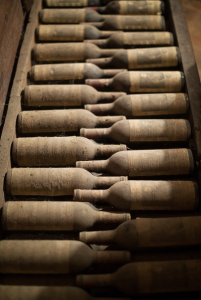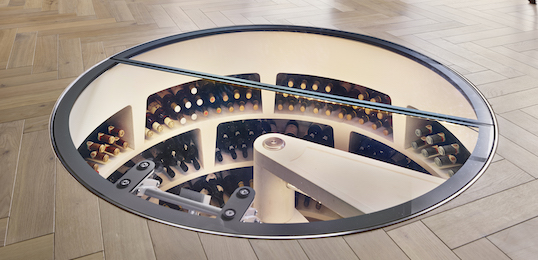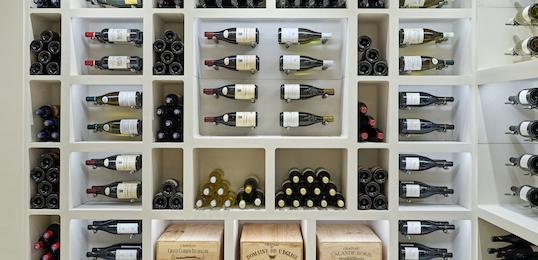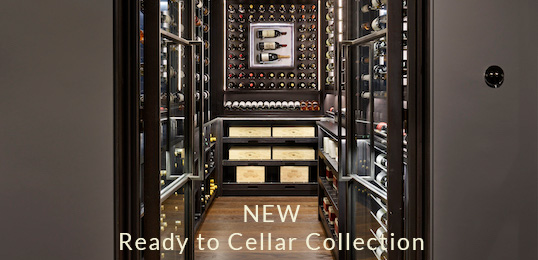Wine Storage Through the Ages

The history of wine storage and cellaring began quite a while after that of wine. Wine was originally made for local and for almost immediate consumption; therefore there was no drastic need for cellaring. This all changed when early winemakers were approached by merchants who wanted to export their wine. Most wine was stored in amphorae, the first wine containers made of terracotta with two handles which were easy to stack on a ships’ hold, but this meant that the wine was subject to careless treatment. At the time, little was known that wine was heavily affected by storage conditions. If wine was stored in suitable conditions it was often by accident. For example, in London the sea air and humidity along the river Thames kept the imported wines stocked along its quays from spoiling.
Roman Fumantorires
Before this, the Romans stored their wine in fumantorires, smoke filled rooms next to or above the kitchens. The smoke preserved the wine but the heat ruined it. The richer of the Romans had the luxury of dedicating a whole room, cella vinaria, to the conservation of wines but they were still on the ground floor and were subject to the fluctuations in humidity and temperature thus affecting the wine still.
Being so advanced in the domain of wine leaves us confused as to why the Romans did not evolve the concept of storing wine. However as the Roman Empire demised so did the Roman Villa era and therefore the makeshift wine cellar rooms that were located in them.
Multi-Use Cellars
Cellars were always built but were more than likely intended for other uses such as hideouts and repositories for stocks of grains and vegetables. Wine cellars were limited to wealthy wine producers and merchants. Extensive cellars in the ruins of wine producing estates have been discovered in places such as Gaul, Pompeii and part of Spain. These cellars demonstrate that the concept of wine storage was still not fully understood.
The concept of a wine cave or a cool cellar is very modern and is also a product of circumstance. The construction of cellars did not commence until stone became the principal building material. Architectural obligations meant that each house was built on an arch which provided the needed support of the earth in order to minimise the impact of shifts in the ground. This, coincidentally, created the ideal environment for conserving wine beneath the earth’s surface. Digging only 10m into the ground provides constant temperatures of 12°C with no seasonal variations.
Although thermostatic temperature control has now become possible, storing wine in the ground has remained the best solution for storing and maintaining wine. The lack of vibrations, aromas, and fluctuations in humidity and temperature mean that the wine can rest undisturbed until selected.
Contact Us
Ready to elevate your wine storage experience or have questions about Spiral Cellars? Our dedicated team is here to assist you. Contact us today to schedule a consultation or to discuss your specific requirements. Let us help you transform your space with our innovative and sophisticated wine storage solutions. We look forward to hearing from you soon!



